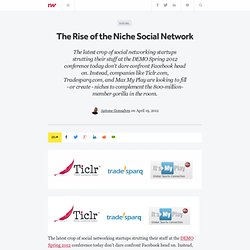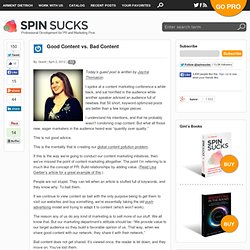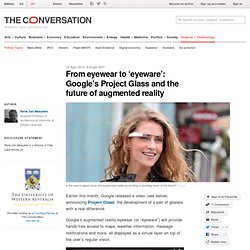

Twitter UK boss says social TV happens whether broadcasters like it or not. Twitter's UK general manager Tony Wang expects broadcasters to start using the microblogging service in more "artful" ways beyond showing hashtags and account handles on-air.

"Broadcasters are not the ones to choose whether to have social TV. It happens whether they like it or not. But they have a choice about how to harness that social TV energy," he told the MIPCube conference in Cannes. Wang cited stats showing that 80% of under-25s are using a second screen to communicate with friends while watching TV, while 72% of them are using Twitter, Facebook and other mobile apps to comment on the shows they watch.
He added that Twitter sees three distinct strategies from broadcasters when it comes to social TV: some are doing nothing, others are doing something, and a few are doing "artful" things on-air. Wang outlined three common tactics in the "do something" category: on-air hashtags, Twitter handles and live-tweets from stars. The Rise of the Niche Social Network. The latest crop of social networking startups strutting their stuff at the DEMO Spring 2012 conference today don't dare confront Facebook head on.

Instead, companies like Ticlr.com, Tradesparq.com, and Max My Play are looking to fill - or create - niches to complement the 800-million-member gorilla in the room. Aside from sports, creative twists on old-fashioned buying and selling seemed to hold the most promise to the starry-eyed startups. Ticlr.com, for example, showed how it hoped to leverage Facebook to build community around commerce, while Tradesparq.com tapped into professional social network LinkedIn to help companies find suppliers in China. Ticlr.com is an example of how Facebook is evolving into a network of networks, a trend that could someday remove any sense of a website having a beginning and end.
The Winchester, Mass. Tradesparq.com reflects a social networking trend in which sites leverage who a person knows as a way to add credibility to potential business deals. The Future of Storytelling Has Arrived by. Good Content vs. Bad Content by @jaymethomason. By: Guest | April 2, 2012 | Today’s guest post is written by Jayme Thomason.

I spoke at a content marketing conference a while back, and sat horrified in the audience while another speaker advised an audience full of newbies that 50 short, keyword optimized posts are better than a few longer pieces. I understand his intentions, and that he probably wasn’t condoning crap content. But what all those new, eager marketers in the audience heard was “quantity over quality.”
This is not good advice. This is the mentality that is creating our global content pollution problem. If this is the way we’re going to conduct our content marketing initiatives, then we’ve missed the point of content marketing altogether. People are not stupid. If we continue to view content as bait with the only purpose being to get them to visit our websites and buy something, we’re essentially taking the old push advertising model and trying to adapt it to content (which won’t work).
Brewing Controversy - How Starbucks Embraces Social Media. Health Care Reform, Tax Fairness, The War in Afghanistan, Occupy Wall Street, same-sex marriage.

These are just a few of the hottest and heated issues that presently divide our nation. While individuals look to their political, religious, cultural, and personal beliefs to take a stance on the matters, many companies stay quiet and impartial – fearful to not outrage consumers. But there’s one major company Track Social has been monitoring that doesn’t seem to shy away from the controversy, and in fact, welcomes it. From gay marriage to gun rights, Starbucks has staked its image on some very public, and potentially risky, social-political positions.
And thanks to social media, consumers can interact with brands in the same ways they interact with people. For most big brands, the answer is simple – refrain from alienating consumers by simply refusing to engage in potentially controversial dialogue. With 29.5 million Likes, the Starbucks Facebook Page is a large forum indeed. Connect: From eyewear to 'eyeware': Google's Project Glass and the future of augmented reality. Earlier this month, Google released a video (see below) announcing Project Glass: the development of a pair of glasses with a real difference.

Google’s augmented reality eyewear (or “eyeware”) will provide hands-free access to maps, weather information, message notifications and more, all displayed as a virtual layer on top of the user’s regular vision. Science fiction has been predicting virtual or augmented reality for 50 years - just think of the Terminator films. But perhaps the predicted future has arrived in the shape of a ubiquitous fashion item. Certainly in the next few years, our visual relationship with the world around us will come with additional layers of information. Imagine the cityscape becoming the backdrop for 3D, location-specific advertising. You could be walking down a city street, wearing your augmented reality (AR) glasses, and see someone wearing a pair of shoes you like.